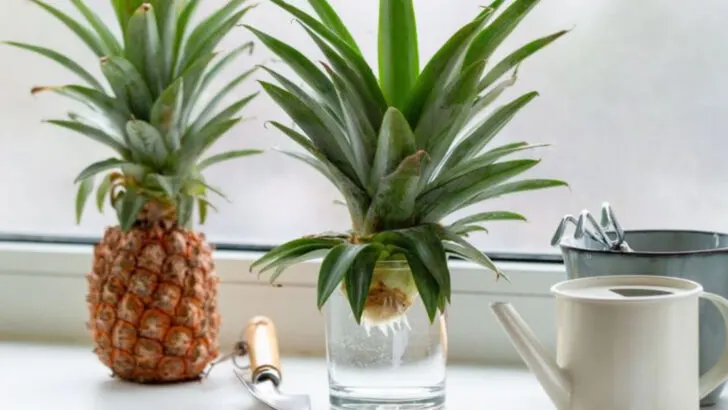Did you know that your kitchen scraps can do more than just fill the compost bin? Many common fruits, vegetables, and herbs can be regrown from scraps you’d normally toss away—no garden required! Whether you live in a small apartment, have limited outdoor space, or just love the idea of sustainable living, regrowing plants from scraps is a fun, easy, and rewarding way to stretch your food budget and add fresh greenery to your home.
In this article, we’re sharing 15 surprising foods you can regrow just from kitchen leftovers—think spring onions, garlic, lettuce, and even pineapple! These plants not only reduce waste but also bring fresh flavors and vibrant life right to your windowsill or countertop. No green thumb? No problem—these are beginner-friendly, low-maintenance plants anyone can grow.
At Plantisima, we’re passionate about turning everyday habits into green, sustainable practices. This list will inspire you to see your kitchen scraps in a whole new light—and help you create a mini indoor garden full of fresh, homegrown goodness.
Green Onions
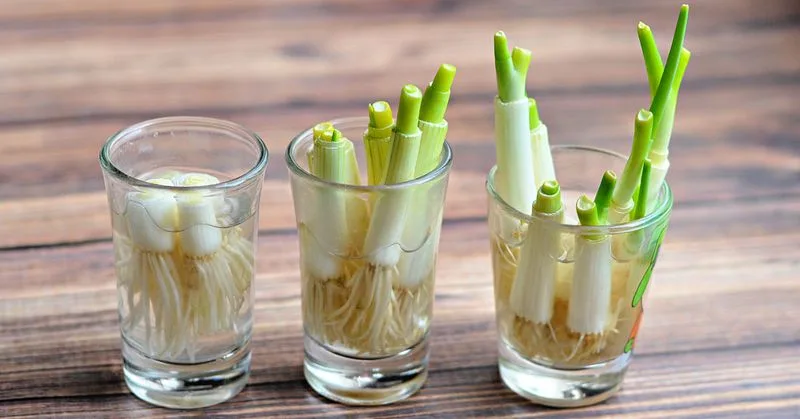
Ever noticed how those green onion ends seem too fresh to throw away? Simply place them in a small glass of water, and watch them grow anew. Within days, you’ll have fresh, green tops ready to be snipped for your next dish.
These green beauties thrive on a sunny windowsill, requiring minimal attention. Just change the water every few days, and you’re good to go. A sustainable and effortless way to keep your kitchen stocked!
Plus, they add a splash of green to your decor. A tiny garden right on your windowsill.
Garlic Sprouts
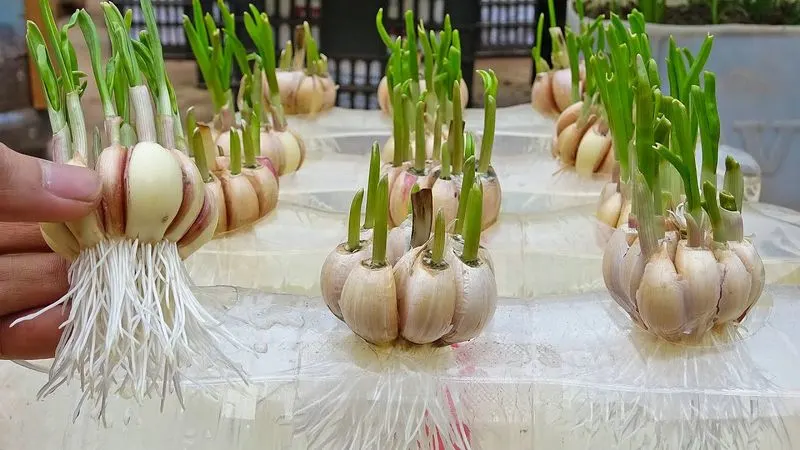
Leftover garlic cloves can sometimes surprise you by sprouting in the pantry. Don’t toss them out! Plant these sprouted cloves in a pot, and enjoy mild-tasting garlic greens in a few weeks.
These sprouts make a delicious addition to salads and garnishes, offering a delicate garlic aroma without the overpowering punch. A culinary delight for those who prefer subtlety.
With minimal effort, you’ve got a renewable garlic source right on your kitchen counter. An unexpected yet delightful way to enjoy garlic’s flavor.
Romaine Lettuce
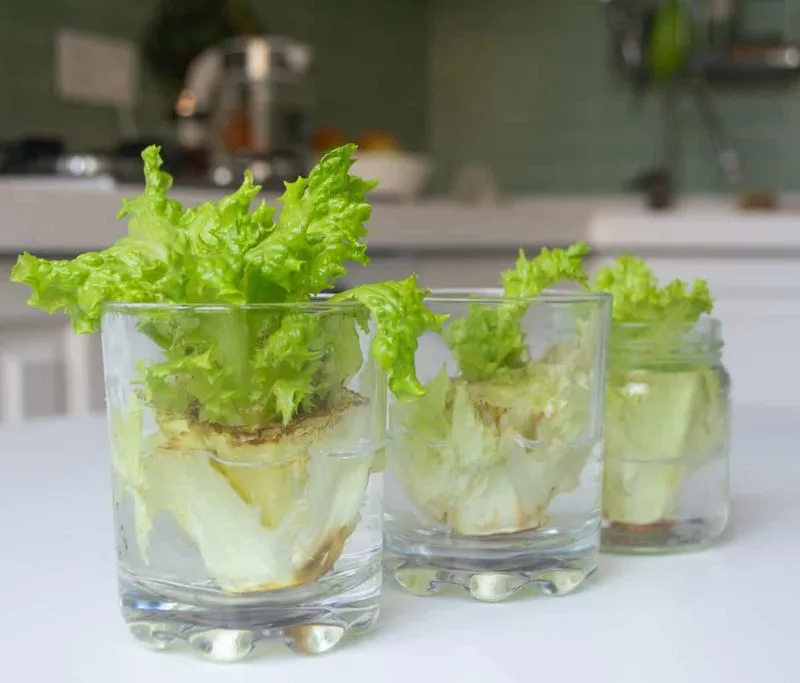
That heart of romaine lettuce you’ve been discarding can actually regrow itself. Place the stump in water, and watch as fresh leaves begin to appear.
While the regrown lettuce won’t form a tight head, it supplies tender leaves perfect for sandwiches and wraps. This method is a convenient way to have fresh greens at your fingertips.
Ideal for small spaces, it requires just a sunny spot and a little patience. Enjoy the satisfaction of growing your own salad ingredients with ease.
Potato Eyes
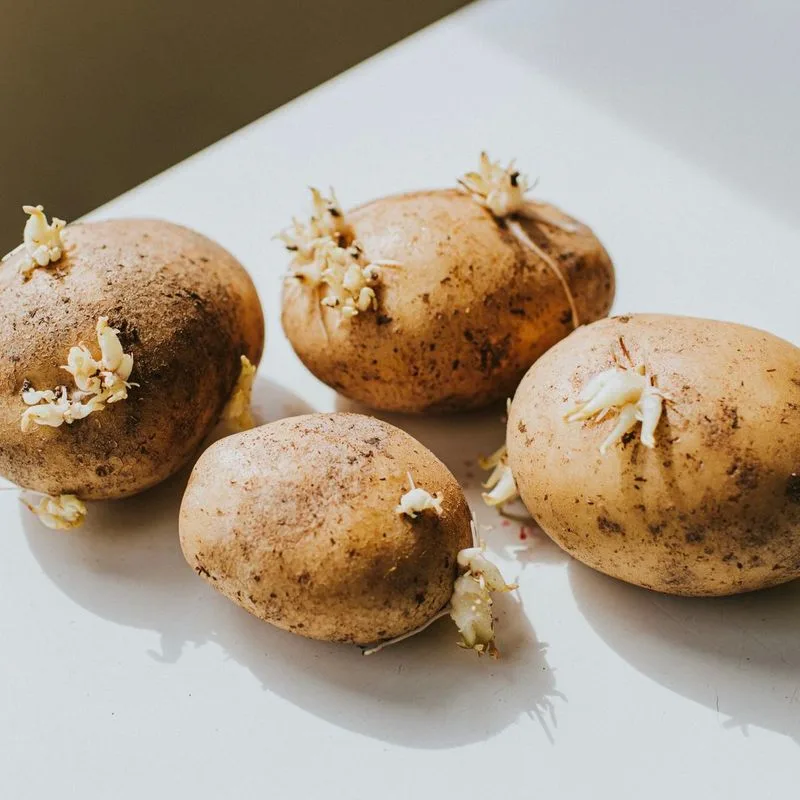
Those tiny buds, or ‘eyes’, on your potatoes hold the potential for new growth. Instead of letting them go to waste, plant the potato eyes in soil.
Given time and sunlight, they can sprout into a whole new potato plant, providing you with home-grown spuds for your meals. A surprising yield from something often overlooked.
This project requires a bit more patience, but the reward is a fresh batch of potatoes. Perfect for those who enjoy experimenting with their growing skills.
Celery Base
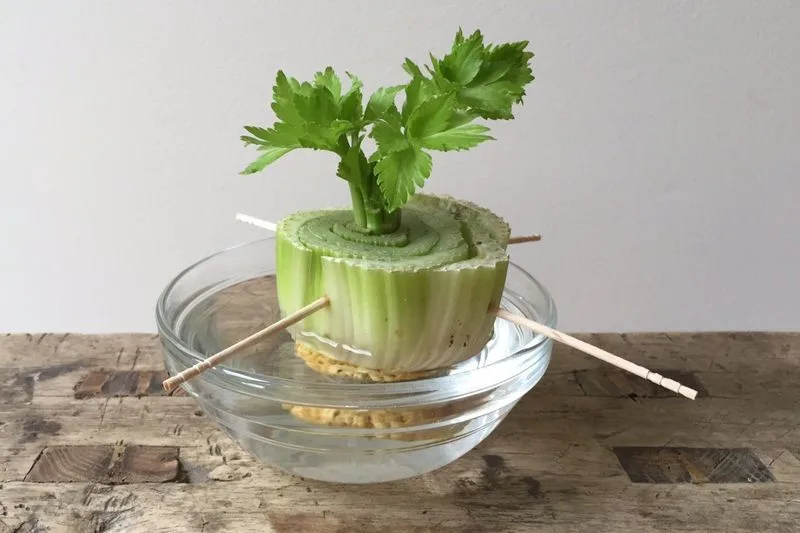
Don’t toss that celery base just yet. Placing it in a dish of water can spark new growth from the center. Soon enough, small stalks will emerge, ready to be used in your cooking.
Celery regrowth is surprisingly fast, making it a fun project for kids and adults alike. Plus, the process is simple and requires little maintenance.
As the leaves flourish, you’ll have access to fresh celery without a trip to the store. An easy way to recycle your kitchen scraps into something edible.
Carrot Tops
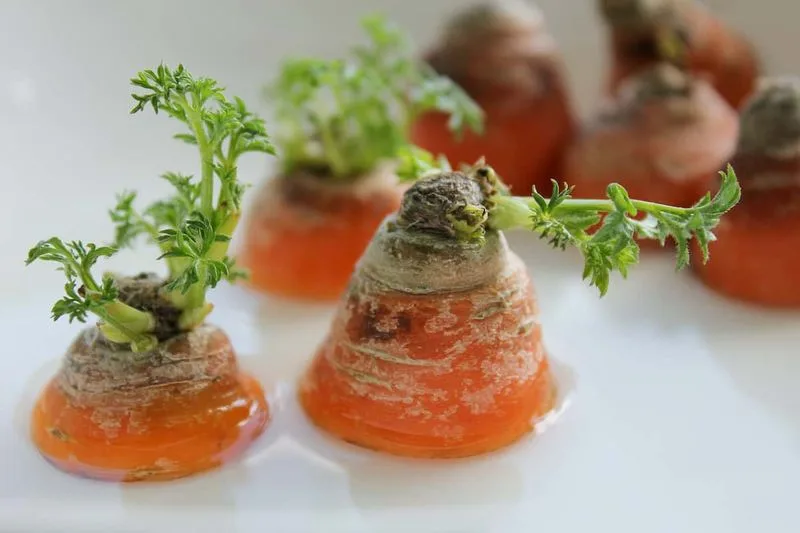
That carrot top you usually discard holds the potential for new growth. Place it in water, and soon you’ll see leafy greens sprouting upwards.
These carrot greens are edible and can be used in soups, salads, or as a garnish. Not only do they add a pop of color, but they also offer a slightly sweet, earthy flavor.
A simple project that brings a touch of nature indoors, perfect for those who appreciate home-grown garnishes. A reminder that even scraps can be useful.
Pineapple Tops
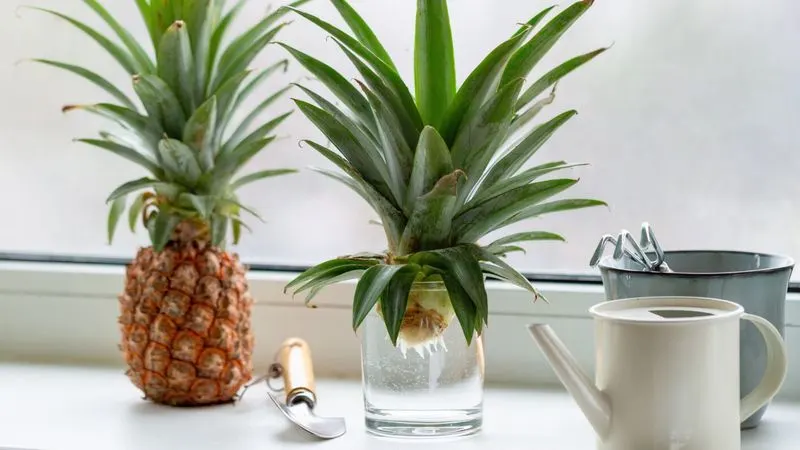
That spiky pineapple top can be more than just compost material. With a little care, it can grow into a new plant. Remove the excess fruit, let it dry, and plant it in soil.
Pineapple plants make a striking houseplant, bringing a tropical vibe to your home. While it takes time to grow fruit, the plant itself is a stunning addition to any space.
This project requires patience, but the allure of growing a pineapple indoors is worth the wait. An exotic touch to your indoor garden.
Avocado Pits
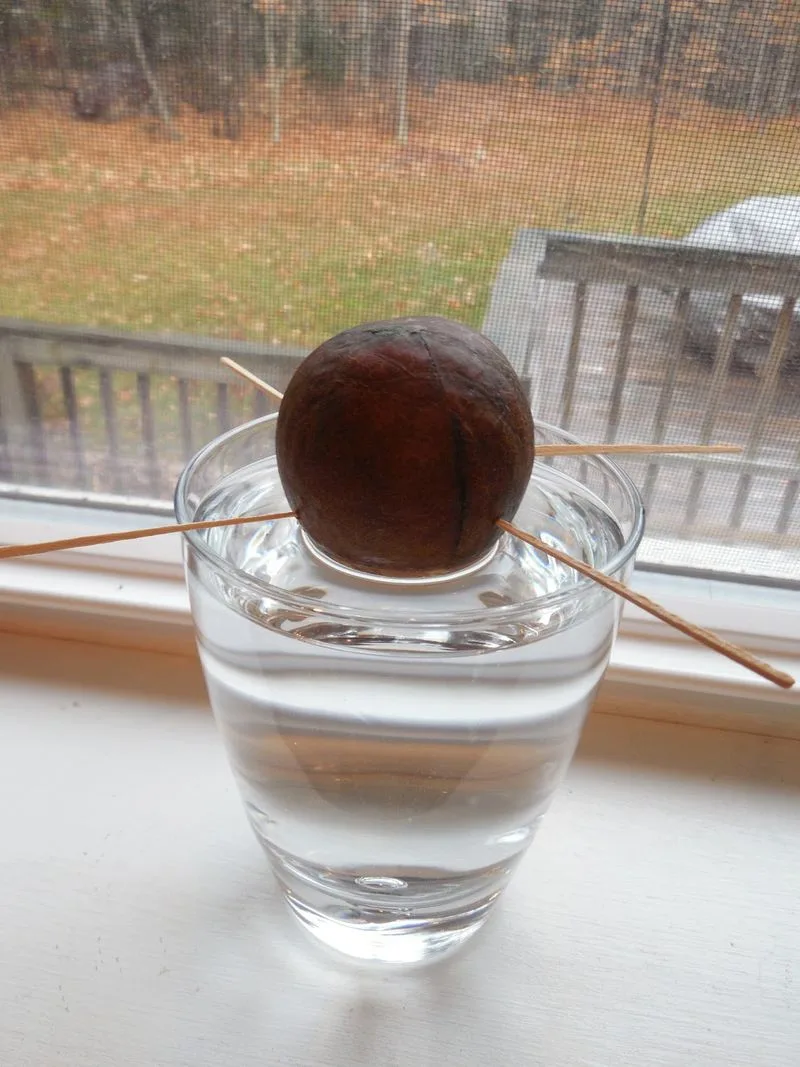
The humble avocado pit is your ticket to a new plant. Suspend it over water with toothpicks, and watch as roots and a sprout emerge.
Though it may take a few weeks to see progress, the end result is a charming houseplant. Given the right conditions, it can grow into an indoor tree.
Perfect for avocado enthusiasts, this project is a testament to patience and perseverance. A satisfying journey from pit to plant.
Ginger Root
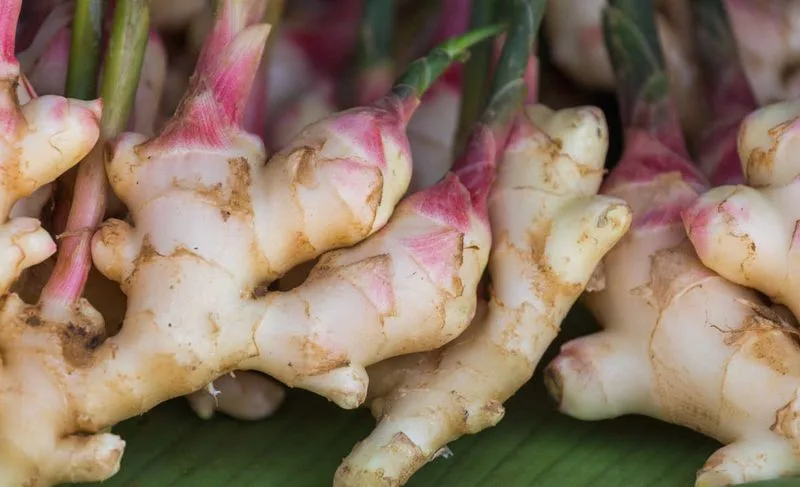
That knob of ginger you forgot in the pantry can actually grow into a new plant. Plant it in soil with the buds facing upwards, and watch it sprout.
Ginger thrives in warm, indirect sunlight and can become a lush houseplant. It’s a fragrant addition to your kitchen, and eventually, you can harvest fresh ginger for your recipes.
A project that combines beauty and utility, perfect for those who love cooking with fresh ingredients.
Fennel Stalks
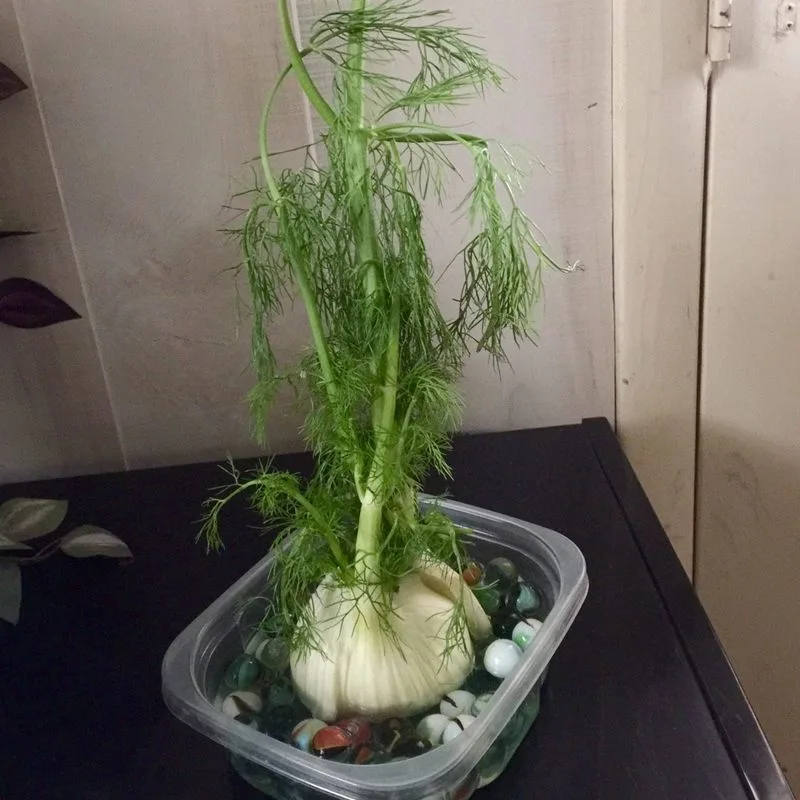
The base of fennel stalks can be your next regrowth project. Place it in water, and tall, feathery fronds will start to appear.
These aromatic fronds are perfect for garnishing dishes or adding to salads. They offer a mild anise flavor, which can elevate the taste of your meals.
A simple yet rewarding project, this is a great way to enjoy fennel in a new form. Ideal for those looking to add a unique twist to their culinary creations.
Lemongrass Stalks
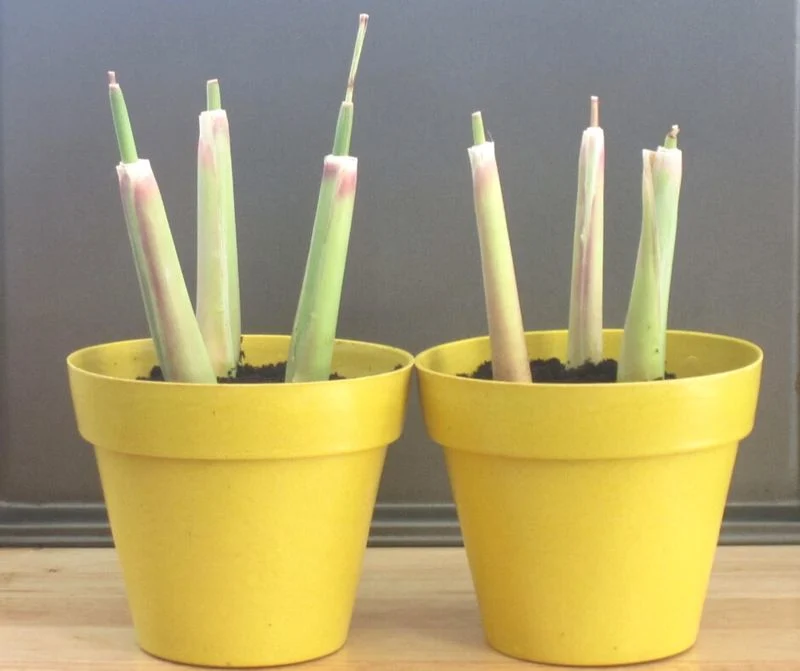
Those leftover lemongrass stalks from your last recipe can spring back to life. Place them in water, and soon roots will form at the base.
Once established, plant them in a pot, and you’ll have a fresh supply of lemongrass. Perfect for teas or Asian dishes, this plant is both fragrant and flavorful.
A delightful project for those who enjoy experimenting with new flavors in the kitchen.
Basil Clippings
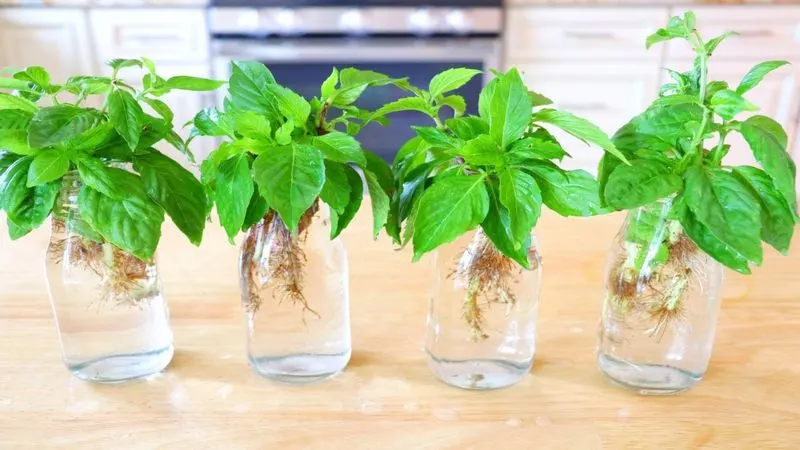
Those basil clippings can do more than just add flavor to your dishes. Place them in water, and watch as roots start to form.
Once rooted, plant them in soil, and you’ll have a thriving basil plant in no time. Fresh basil leaves are an aromatic addition to any kitchen garden.
Ideal for herb enthusiasts, this method ensures a constant supply of fresh basil. A fragrant, green companion for your culinary adventures.
Mushroom Stems
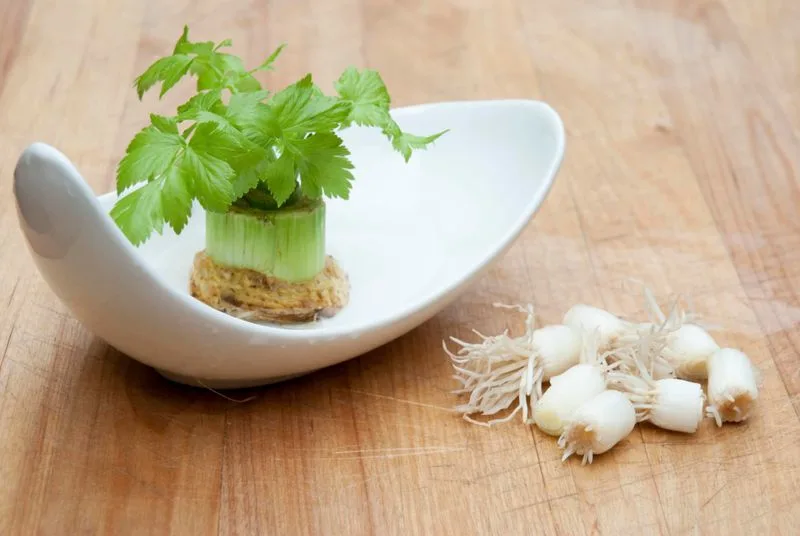
The stems of mushrooms can become the foundation for a new batch. Plant them in a pot with soil, and you might be rewarded with fresh mushrooms.
The secret to success is maintaining a cool, dark environment where mycelium thrives. Over time, you could see new mushroom growth.
A unique and rewarding pursuit for those who appreciate mushrooms’ earthy flavors. A chance to enjoy home-grown fungi without the need for a large garden plot.
Beet Tops
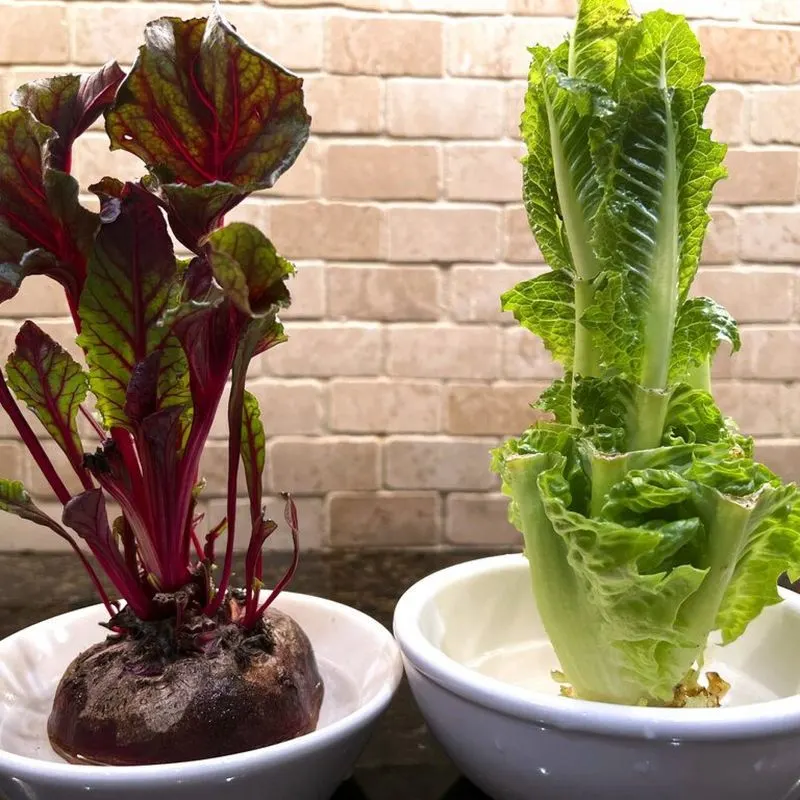
Beet tops, often discarded, can actually continue to grow when placed in water. Soon you’ll see vibrant greens emerging.
These young greens are not only edible but also rich in nutrients, making them a great addition to salads. A splash of color and health in your meals.
A simple way to extend the life of your beets and enjoy a bit of nature indoors. Perfect for those who love sustainable cooking practices.
Sweet Potato Slips
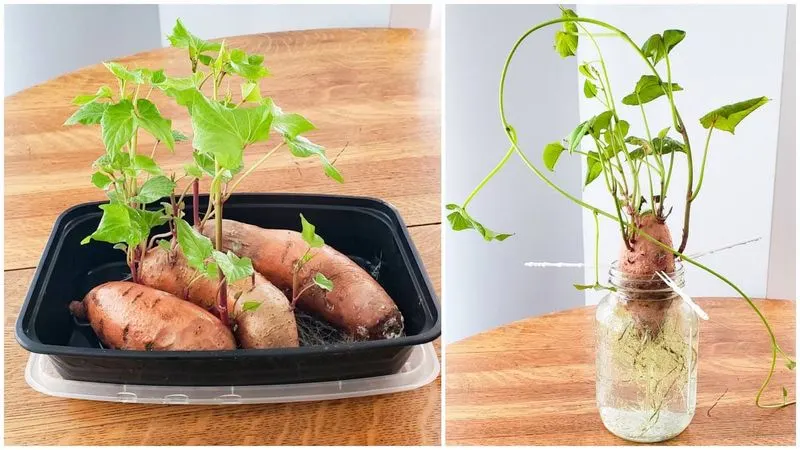
Sweet potatoes can sprout slips that grow into new plants. Place them in water, and soon you’ll have sprouts ready for planting.
These slips can be transferred to soil, where they continue to grow, eventually producing new sweet potatoes. An exciting project for those curious about starting their own indoor garden.
A rewarding venture that takes a bit of patience but offers a sweet payoff. Perfect for those with a taste for home-grown produce.

